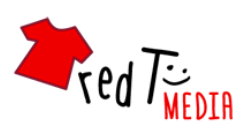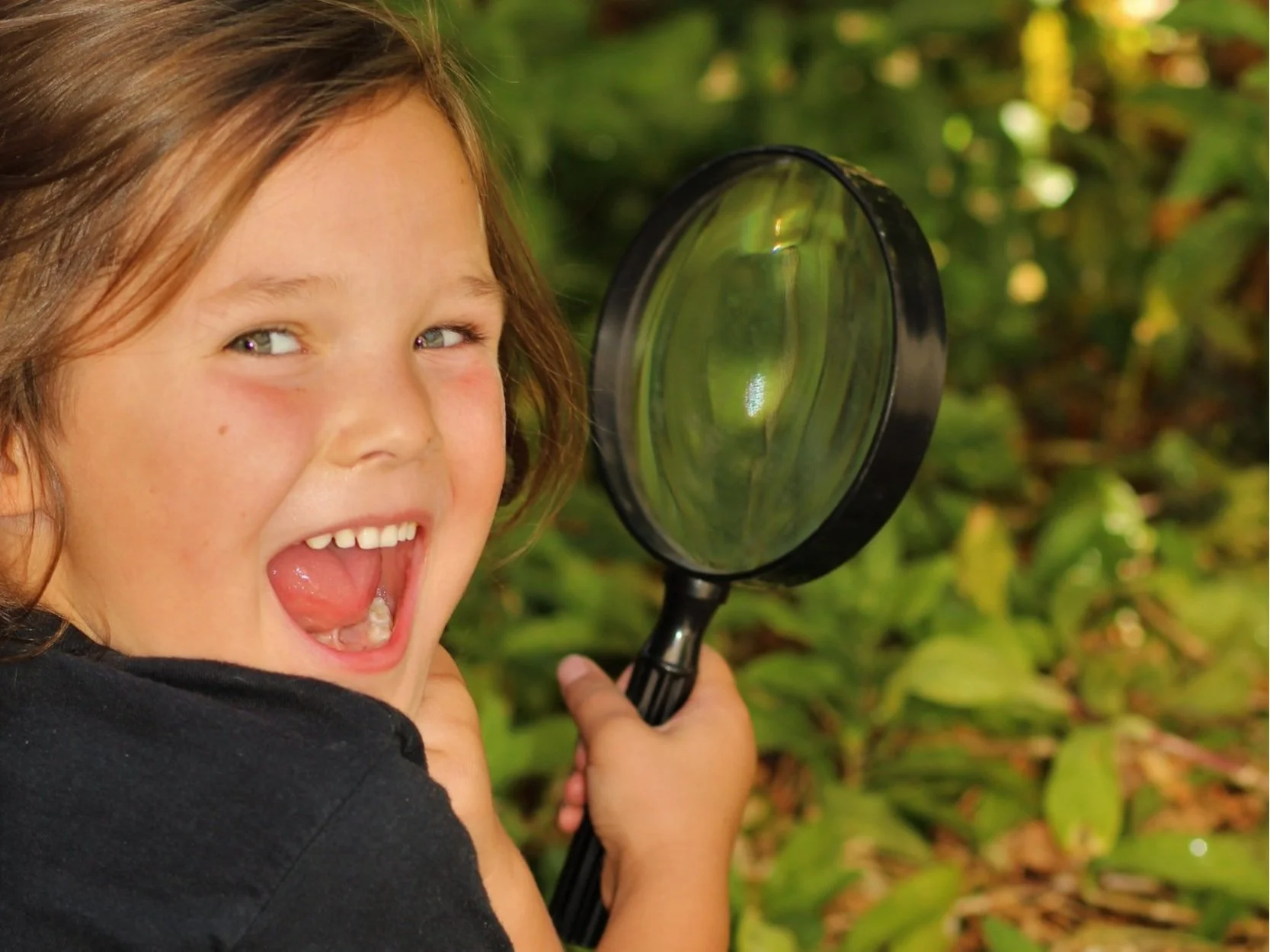The Truth About The Truth
Where to begin? Our kids, 21st century marvels that they are, have access to pretty much any bit of information from the whole of human existence. A lot of it is useful and interesting, a lot of it is nonsense, and some of it is potentially harmful. Little thinkers are curious beyond measure, but don’t necessarily have the filters in place to separate the good from the bad. Let’s face it, a lot of us big people are still learning how to navigate the information age ourselves.
Here’s a list of ways that we can help our littles find their way through the noise:
Challenge them with scenarios that may or may not be true. Read silly stories and urban legends, and when the giggling stops, have a chat about why they think the tale is a tall one. What kinds of clues might tip them off? What other information would they want to know?
Compare documentary films with fictional ones, or contrast reality television with sitcoms. Which one seems more true, and which one seems made-up? What are the differences between them, and what are the clues that can tip us off? Is reality television as real as it seems?
Play “Two Truths And A Lie”, and follow it up with a discussion of how they knew or didn’t know what to believe. Did they know and trust the other players? Did they draw on previous experience? Were there things that they really wanted to believe, even if they turned out to be false?
Dig up some print advertisements from magazines or newspapers and have a good look. Is there important information missing from these ads? Should people believe what they are saying? Is it a good idea to get “facts” from this kinds of media?
Play Fact Vs. Opinion. Practice making statements that they can back up with evidence and explanation, and then some that they just pull from their own preferences. What’s the difference between saying things like “bananas are yellow” and “bananas are the tastiest”?
Develop a mental checklist through which they can run “facts”. Who said it? Does this person have a reason to lie or embellish? Do they themselves know what’s true? What kind of evidence or proof is provided? Can you test it out yourself, or read about it somewhere else in order to make sure? Is there someone who might know a lot more about it that they can ask?
However you approach truth-seeking with your child, be sure to emphasize that there aren’t always clear answers, and the truth is not always apparent. The goal isn’t to figure it all out at once, but rather to develop thinking tools that will help them as they grow and learn. It’s not a bad idea to let them know that even the wisest and most learned grown up is also in the dark, once in a while, and that we’re all still learning.
If you need a little more help, we’ve got a couple of nifty books/interactive eBooks about the truth. Check out “Zoom In, Zoom Out” and “ThinkAboutIt: How Do You Know What You Know?”
Happy Thinking!



